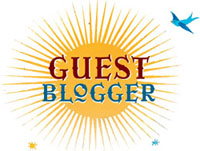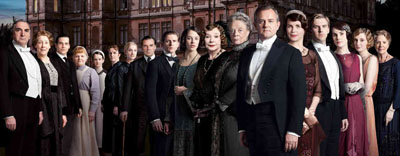
 Guest blogger Katie Cunningham is an Assistant Professor at Manhattanville College. Her teaching and scholarship centers around children’s literature, critical literacy, and supporting teachers to make their classrooms joyful and purposeful. Katie has presented at numerous national conferences and is the editor of The Language and Literacy Spectrum, New York Reading Association’s literacy journal.
Guest blogger Katie Cunningham is an Assistant Professor at Manhattanville College. Her teaching and scholarship centers around children’s literature, critical literacy, and supporting teachers to make their classrooms joyful and purposeful. Katie has presented at numerous national conferences and is the editor of The Language and Literacy Spectrum, New York Reading Association’s literacy journal.
When we lived in Brooklyn, I knew my sons were growing up in a diverse community. They understood that people have different skin colors. That people speak different languages. That people eat different foods. That people believe different things. That we all share a common humanity. That life is full of complexity.
Now we live in the woods and appreciate the quiet of country living but this is far from a diverse community. For my boys, there is greater diversity in the pages of a book than on the streets of their town. Multicultural children’s literature is a doorway into greater understanding that their cultural background is not the only cultural background. That their way of speaking is not the only way of speaking. That their point of view is not shared by everyone.
When we open a book and start to read a story, we use our imaginations to walk through whatever world the author has created. Children’s literature is full of stories about boys and girls that look like my children. Rudine Sims Bishop uses the terms mirror books and window books to describe how we both see ourselves and see others when we read literature. The characters my sons encounter are often mirrors and they find their life experiences reflected in the books they read. Children from dominant social groups have always found their mirrors in books, but do they have enough access to high-quality stories that represent other cultural backgrounds in a positive way?
Continue reading →
![]() Everyone knows Frederick Douglass and Martin Luther King, Jr., but there are many other African Americans who have contributed to the rich fabric of our country but whose names have fallen through the cracks of history.
Everyone knows Frederick Douglass and Martin Luther King, Jr., but there are many other African Americans who have contributed to the rich fabric of our country but whose names have fallen through the cracks of history. Today, Crystal Hubbard shares why she wrote about Toni Stone (a.k.a. Marcenia Lyle) in Catching the Moon: The Story of a Young Girl’s Baseball Dream:
Today, Crystal Hubbard shares why she wrote about Toni Stone (a.k.a. Marcenia Lyle) in Catching the Moon: The Story of a Young Girl’s Baseball Dream:







